There’s something magical about gliding across a pristine alpine lake with mountain peaks reflected in crystal-clear water beneath your board. These high-altitude gems offer paddleboarding experiences that combine the serenity of still waters with breathtaking scenery that you simply can’t find at sea level.
Alpine lakes provide the perfect escape from crowded beaches and choppy ocean conditions, delivering glass-like surfaces and panoramic views that make every paddle stroke feel like meditation. Here’s a list of 20 alpine lakes that offer exceptional paddleboarding experiences across North America’s most stunning mountain regions.
Lake Tahoe, California/Nevada

This massive alpine lake straddling the California-Nevada border offers over 190 square miles of paddleboarding paradise at 6,224 feet. The lake’s incredible clarity lets you see down 70 feet in some spots, creating an almost surreal floating experience.
Summer temperatures make the water surprisingly comfortable, while the surrounding Sierra Nevada peaks provide a dramatic backdrop that changes color throughout the day.
Jenny Lake, Wyoming
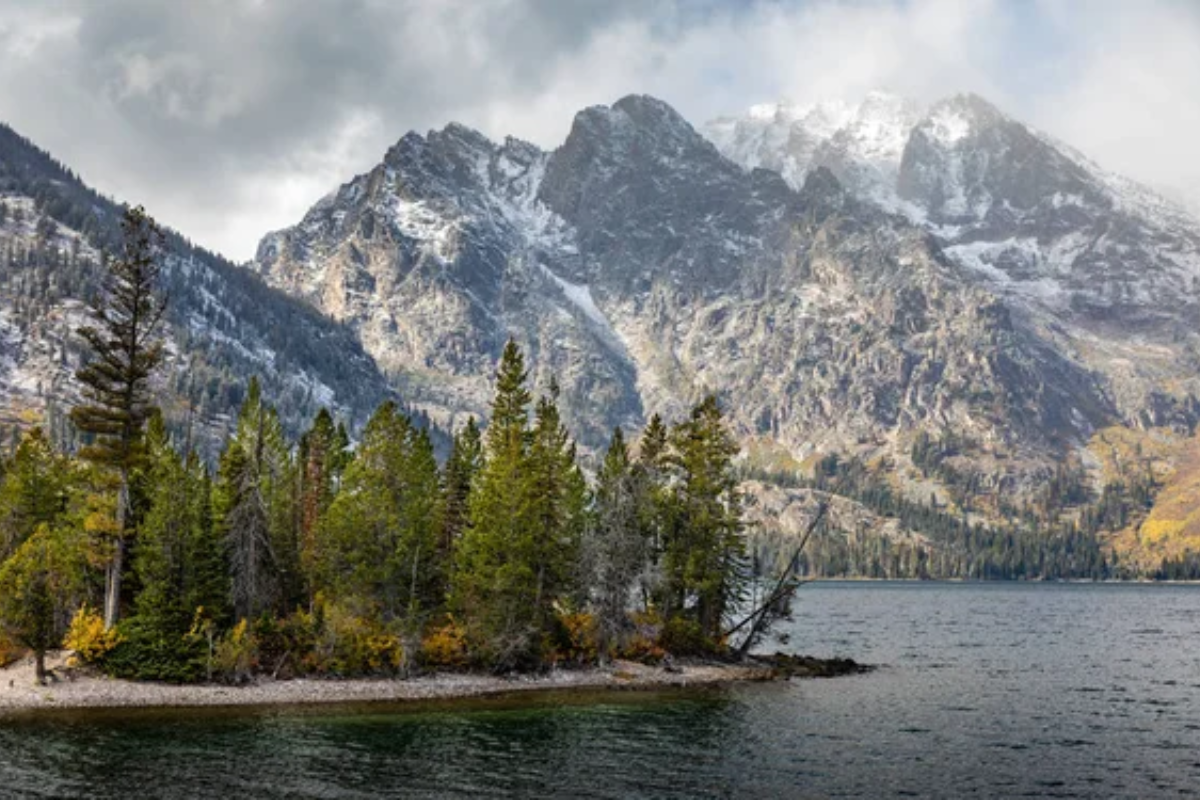
Nestled in Grand Teton National Park, Jenny Lake sits at the base of the jagged Teton Range like a mirror reflecting some of America’s most iconic peaks. The lake spans about 1,200 acres with relatively calm waters that make it ideal for beginners and experienced paddlers alike.
Early morning launches offer the best conditions, when the water is typically glass-smooth and wildlife sightings are most common.
Like Travel Pug’s content? Follow us on MSN.
Convict Lake, California

This stunning Eastern Sierra lake earned its name from a dramatic Wild West shootout, but today it’s all about peaceful paddling beneath towering granite cliffs. Located at 7,583 feet elevation, Convict Lake offers deep blue waters surrounded by peaks that rise nearly 4,000 feet straight up from the shoreline.
The lake stays relatively warm during summer months, and the 2-mile perimeter makes for a perfect paddleboarding circuit.
Bear Lake, Colorado
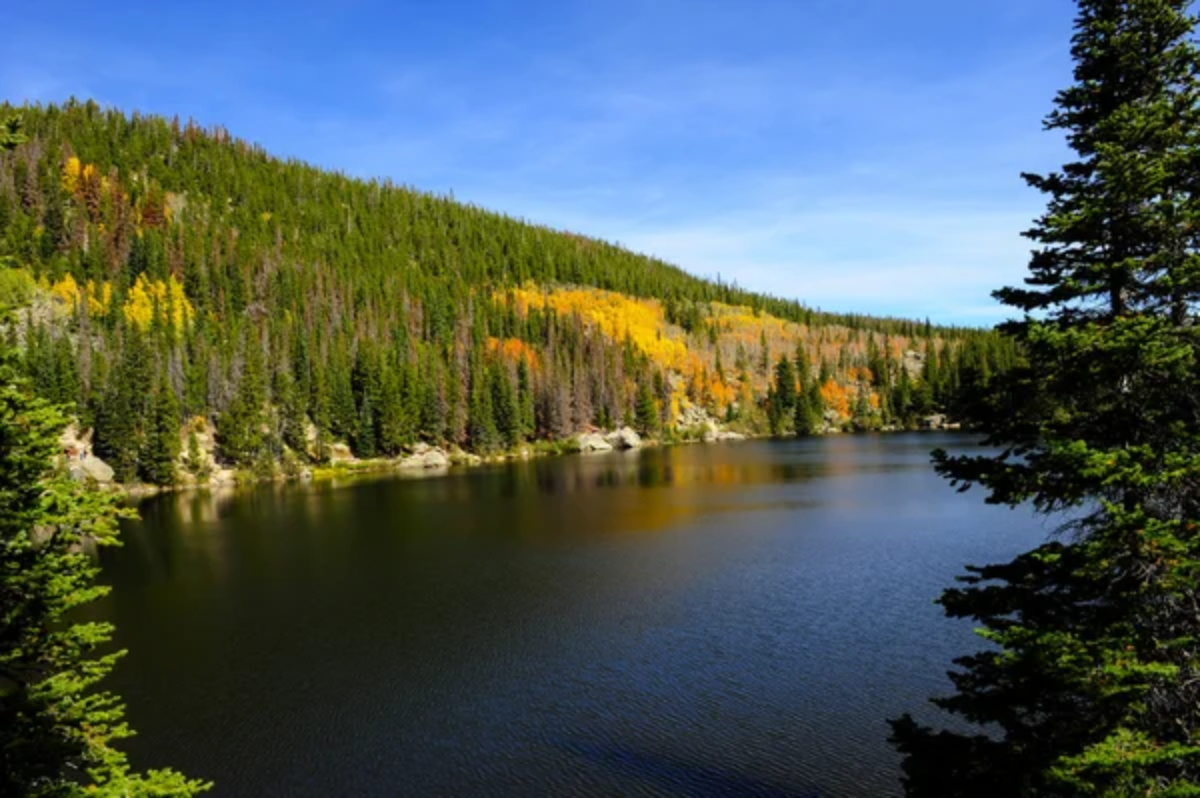
Straddling the Colorado-Utah border in the Uinta Mountains, Bear Lake is famous for its brilliant turquoise color that looks almost tropical despite its 5,924-foot elevation. The lake’s unique color comes from limestone particles suspended in the water, creating a Caribbean-like hue that contrasts beautifully with the surrounding pine forests.
At nearly 20 square miles, there’s plenty of room to explore without feeling crowded.
Redfish Lake, Idaho
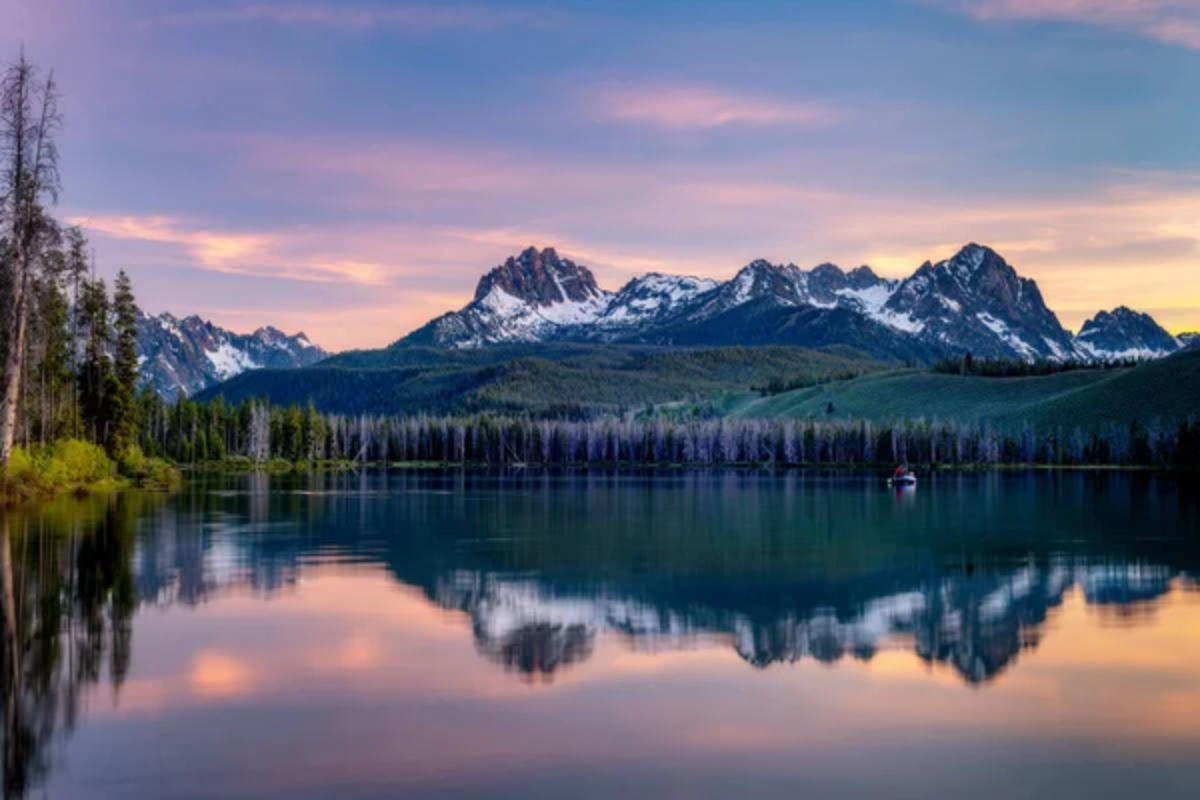
Located in the Sawtooth National Recreation Area, Redfish Lake offers pristine paddling beneath the dramatic Sawtooth Mountains at 6,547 feet. The lake stretches over 5 miles long and provides multiple launching points, making it easy to find your perfect spot away from other visitors.
The name comes from the sockeye salmon that once turned the lake red during spawning season, though today you’re more likely to spot ospreys and bald eagles.
Like Travel Pug’s content? Follow us on MSN.
Lake Aloha, California
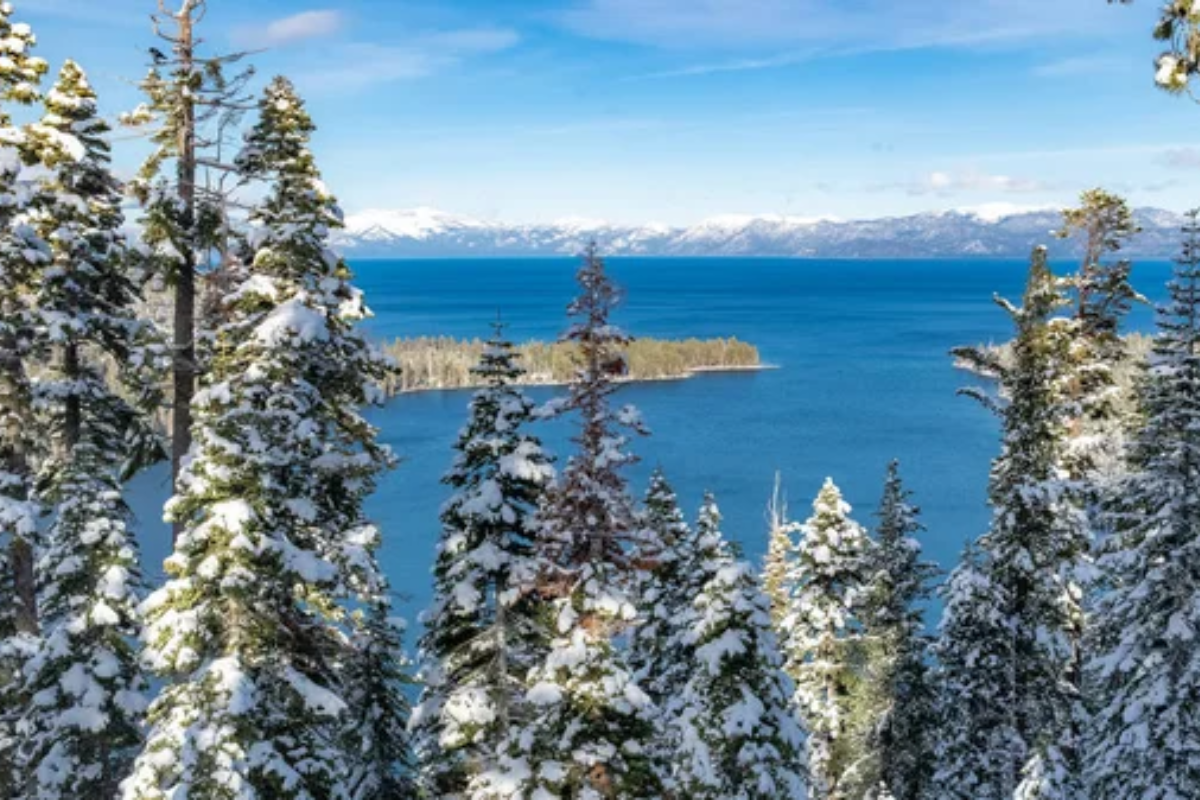
This high-country gem in the Desolation Wilderness sits at 8,116 feet elevation, making it one of the highest paddleboarding destinations in the Sierra Nevada. The irregular shoreline creates numerous coves and inlets to explore, while the surrounding granite peaks and boulder fields provide a moonscape-like setting.
Access requires a moderate hike, but the effort pays off with some of the most pristine alpine paddling in California.
Brainard Lake, Colorado
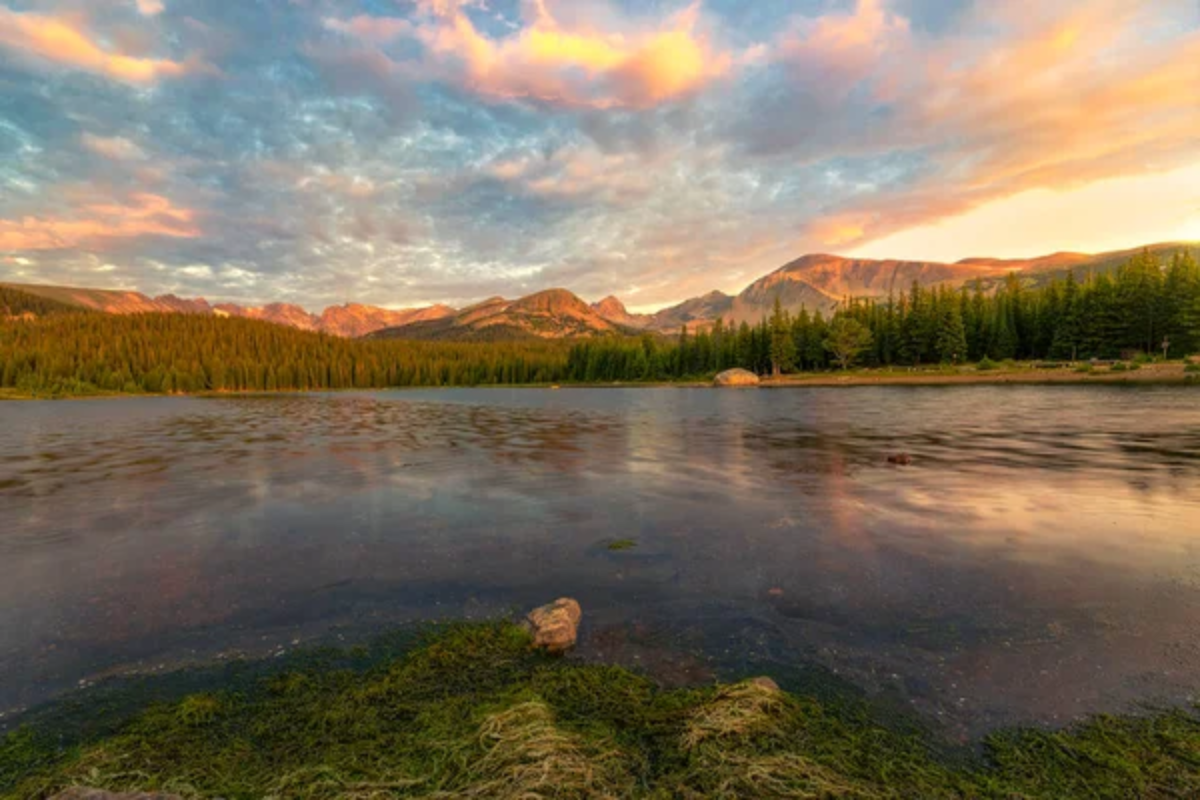
Perched at 10,345 feet in the Indian Peaks Wilderness, Brainard Lake offers high-altitude paddling with stunning views of the Continental Divide. The lake sits in a glacial cirque surrounded by peaks over 13,000 feet tall, creating an amphitheater effect that amplifies the mountain silence.
Despite its elevation, the lake typically thaws by late June and provides excellent paddling conditions through early September.
Tenaya Lake, California
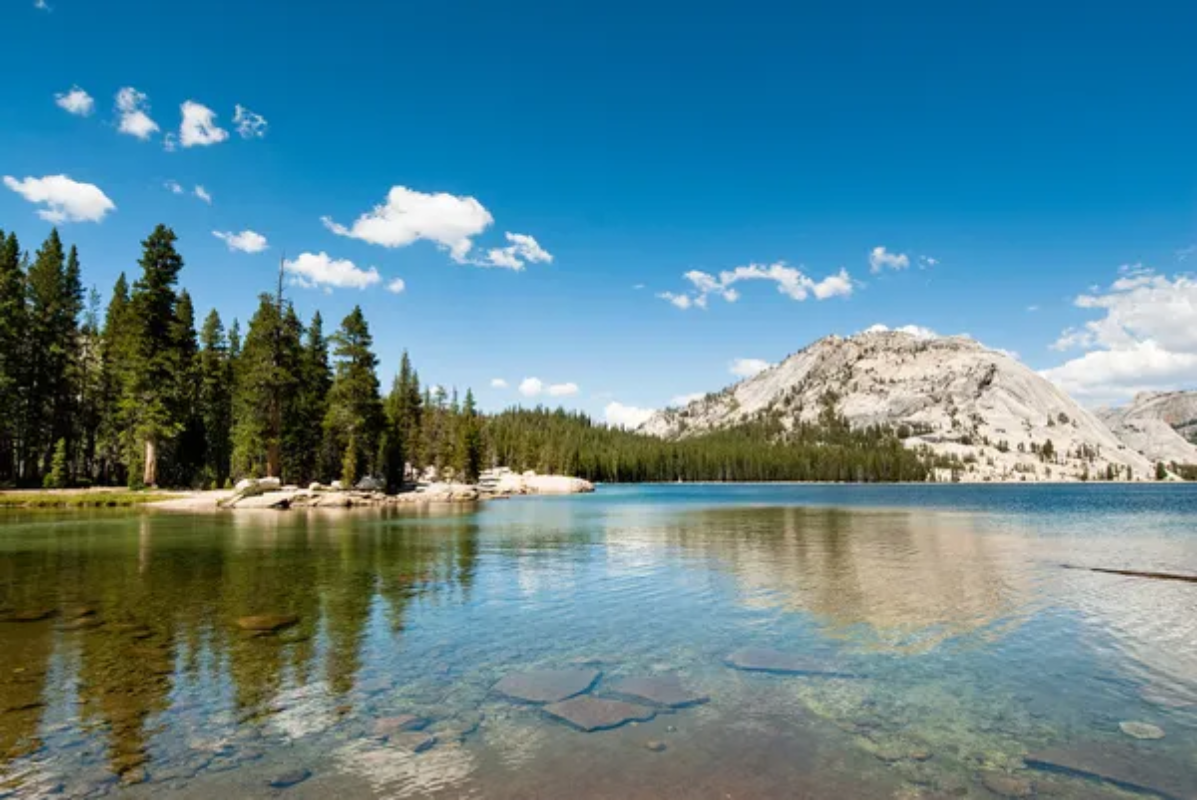
Often called the ‘Jewel of the High Sierra,’ Tenaya Lake sits at 8,150 feet along Tioga Pass Road in Yosemite National Park. The lake’s smooth granite shoreline slopes gently into deep blue waters, creating easy launching spots all around the perimeter.
Surrounded by polished granite domes and peaks, Tenaya offers a uniquely Yosemite paddling experience that combines alpine beauty with the park’s signature granite landscape.
Like Travel Pug’s content? Follow us on MSN.
Echo Lake, California
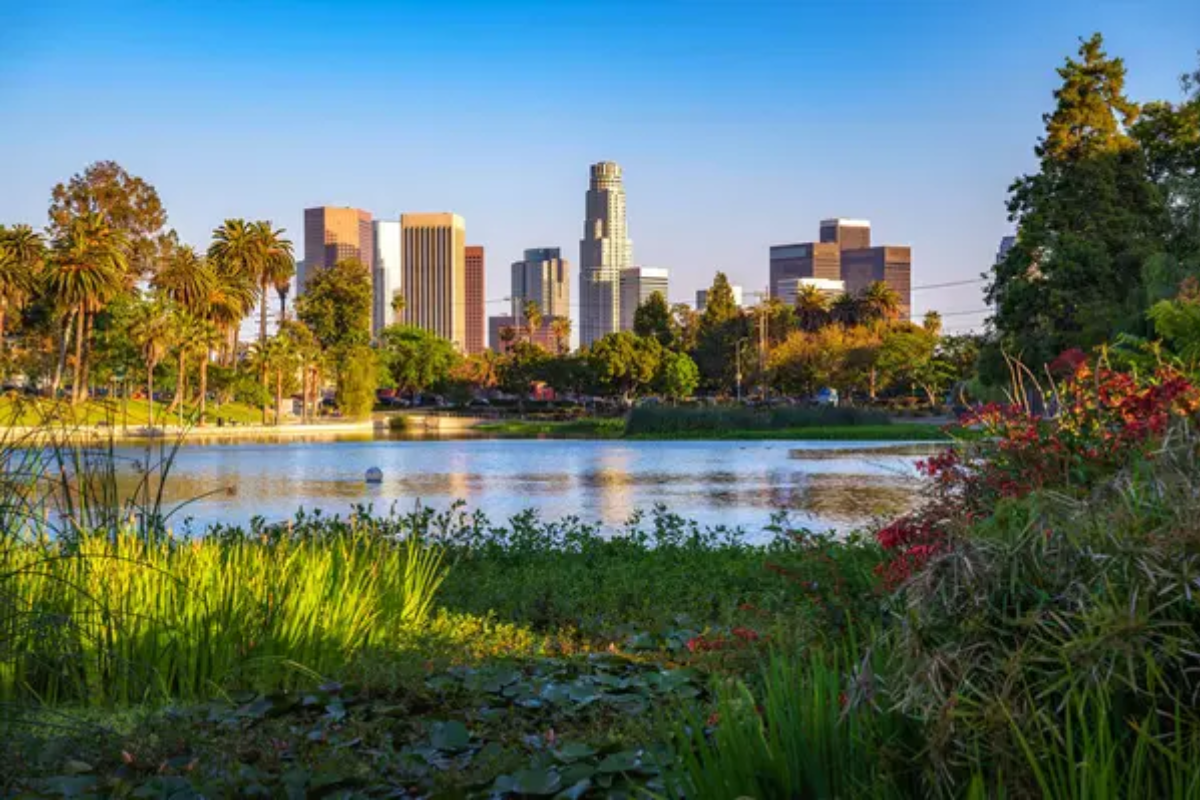
This twin-lake system near Lake Tahoe provides excellent paddling at 7,414 feet elevation with easy road access and stunning Sierra views. The lower lake connects to the upper lake via a narrow channel, giving paddlers the chance to explore both bodies of water in a single outing.
Echo Lake’s proximity to major highways makes it one of the most accessible alpine paddling destinations in the region.
Silver Lake, California
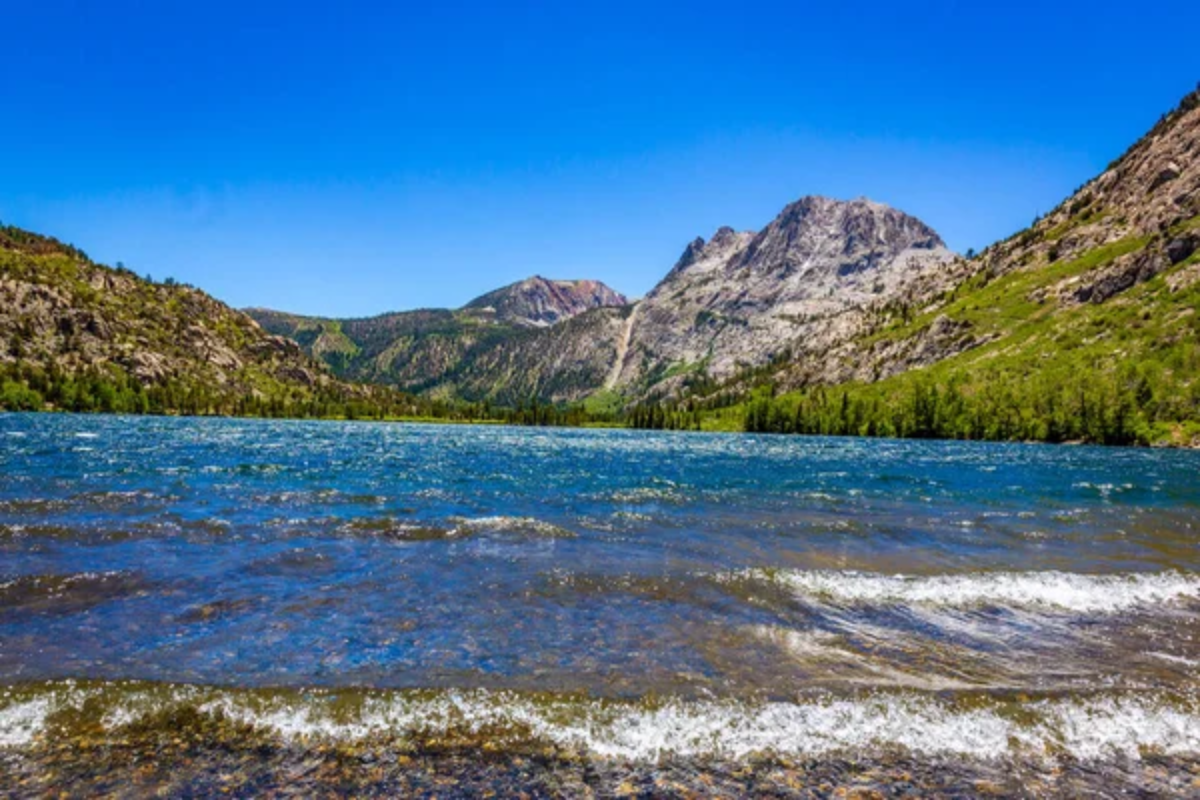
Located in the Eastern Sierra near Mammoth Lakes, Silver Lake offers excellent paddling at 7,200 feet with the dramatic backdrop of the Ansel Adams Wilderness. The lake’s compact size makes it perfect for a leisurely paddle, while the surrounding aspen groves provide spectacular fall colors in late September.
Crystal-clear water and easy access make this a favorite among photographers and nature lovers.
Emerald Lake, Colorado
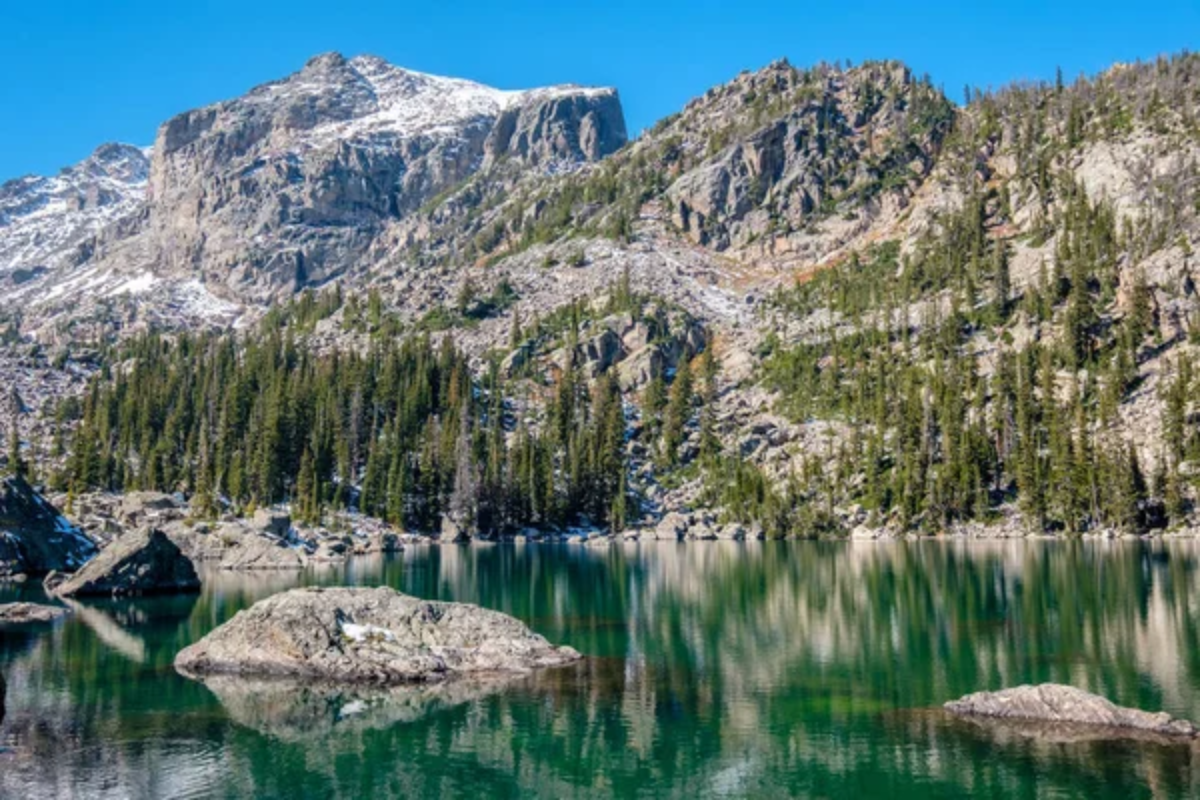
Tucked away in Rocky Mountain National Park, Emerald Lake sits at 10,110 feet elevation and offers pristine alpine paddling beneath the Continental Divide. The lake’s emerald-green color comes from rock flour suspended in the glacial meltwater, creating an otherworldly appearance that changes throughout the day.
Access requires a moderate hike from Bear Lake, but the effort rewards visitors with one of Colorado’s most photogenic alpine settings.
Like Travel Pug’s content? Follow us on MSN.
Blue Lake, Utah/Idaho

This high-country jewel near Breckenridge sits at 11,700 feet elevation, making it one of the highest paddleboarding destinations in North America. The lake’s intense blue color contrasts dramatically with the surrounding alpine tundra and rocky peaks.
Summer conditions are brief but spectacular, with wildflowers carpeting the shoreline and crystal-clear water that stays refreshingly cold even on hot days.
Maroon Lake, Colorado
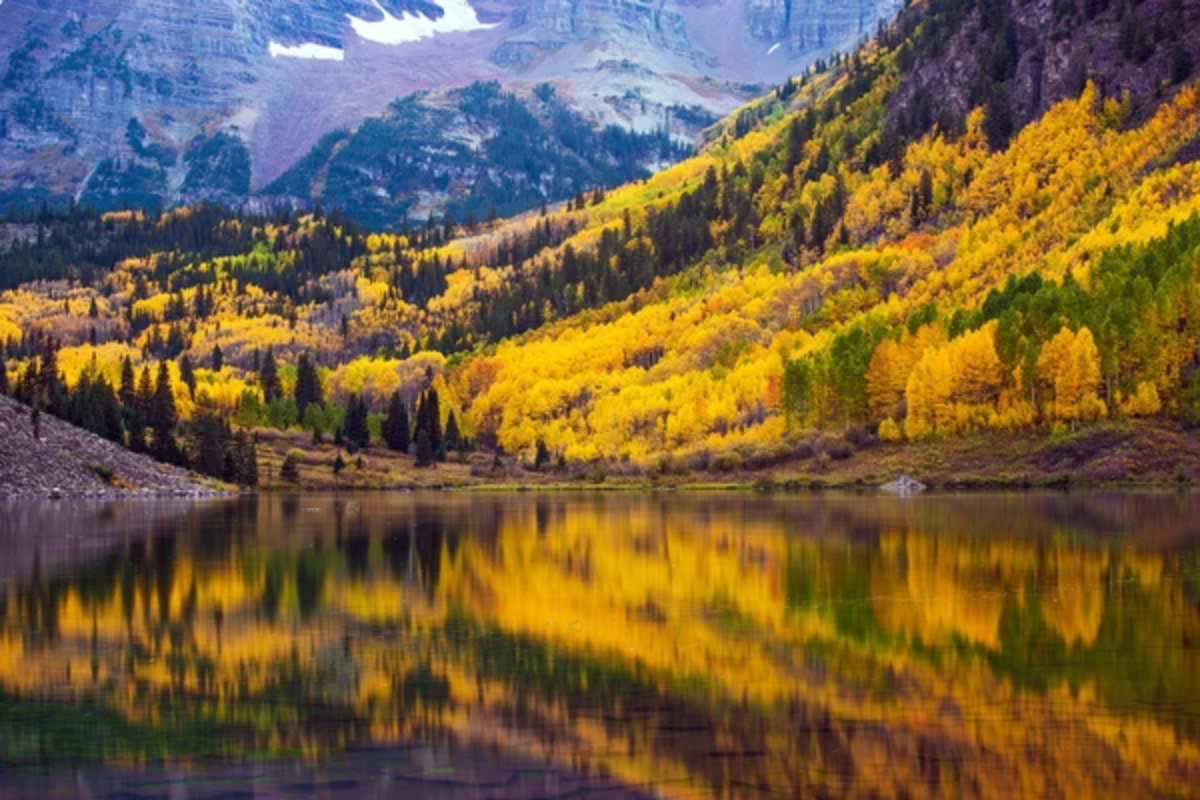
Perhaps Colorado’s most photographed lake, Maroon Lake, offers iconic paddling beneath the famous Maroon Bells peaks at 9,580 feet elevation. The lake’s perfect reflection of the twin 14,000-foot peaks creates postcard-worthy views from every angle.
Early morning launches provide the best chance for mirror-like water conditions and the famous reflection shot that graces countless Colorado tourism brochures.
Lake Solitude, Wyoming
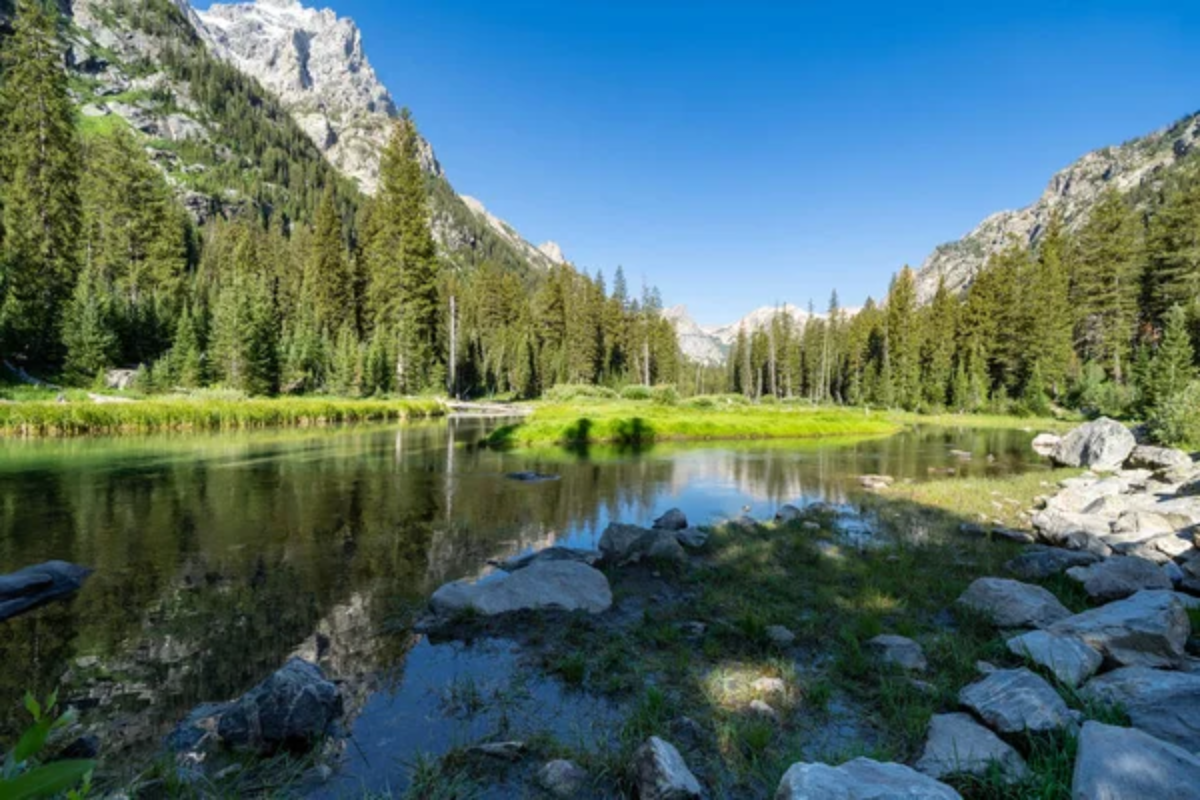
Tucked away in Grand Teton National Park, Lake Solitude does not disappoint. It is accessed via an arduous 7-mile hike, keeping it free from crowds. Sited at 9,035 feet above sea level, the pristine paddling takes place in a glacial cirque flanked by stark mountain peaks and alpine meadows.
The trek guarantees an authentic wilderness paddleboarding experience with limited human touch.
Like Travel Pug’s content? Follow us on MSN.
String Lake, Wyoming
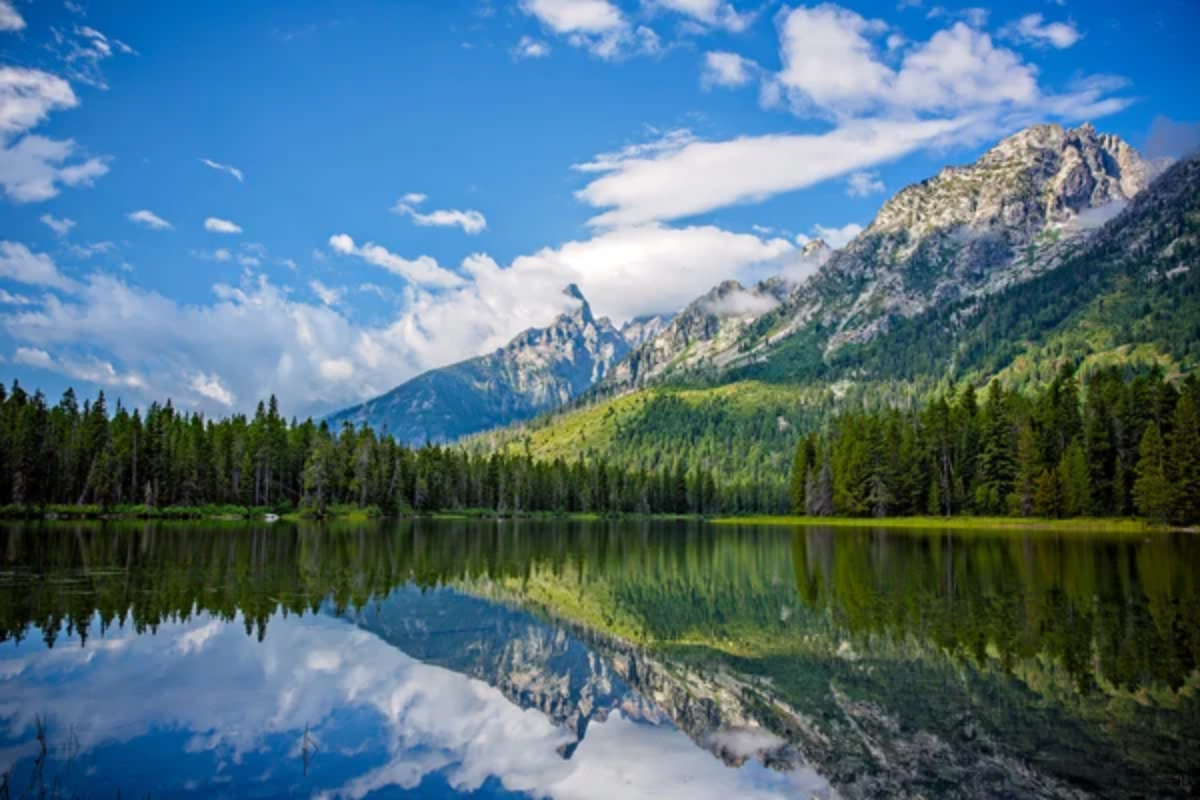
This narrow, elongated lake in Grand Teton National Park provides easy access to alpine paddling at 6,873 feet. String Lake connects Jenny Lake to Leigh Lake, creating a unique paddling corridor through some of Wyoming’s most spectacular mountain scenery.
The lake’s shallow depth and protection from winds make it ideal for beginners or anyone seeking a relaxing paddle.
Taggart Lake, Wyoming
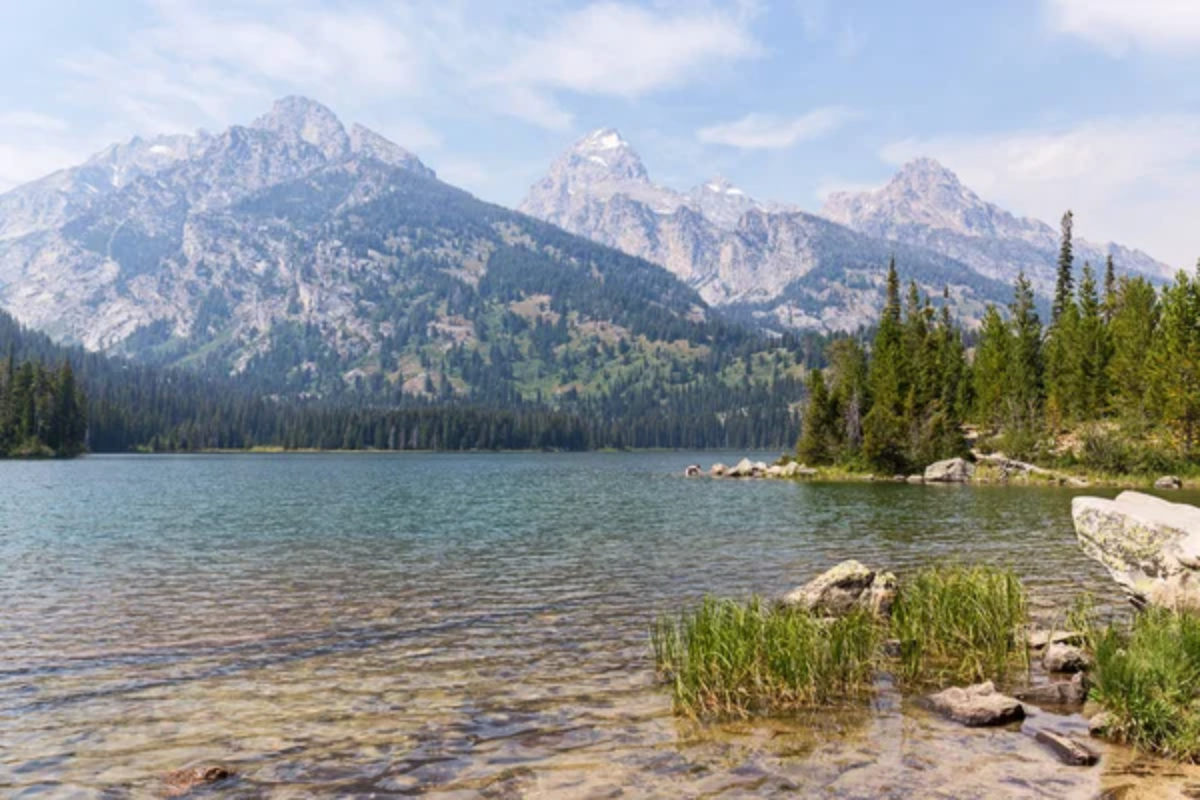
Yet another hidden treasure in Grand Teton National Park, Taggart Lake demands a moderate 2-mile walk but repays paddlers with serene floating at 7,200 feet elevation. The lake resides in a glacial cirque with precipitous walls rising on three sides, providing an intimate alpine atmosphere well-suited to serene reflection.
Moose and other animals are common in the neighborhood, lending a sense of wilderness adventure to each paddle.
Lake Isabelle, Colorado
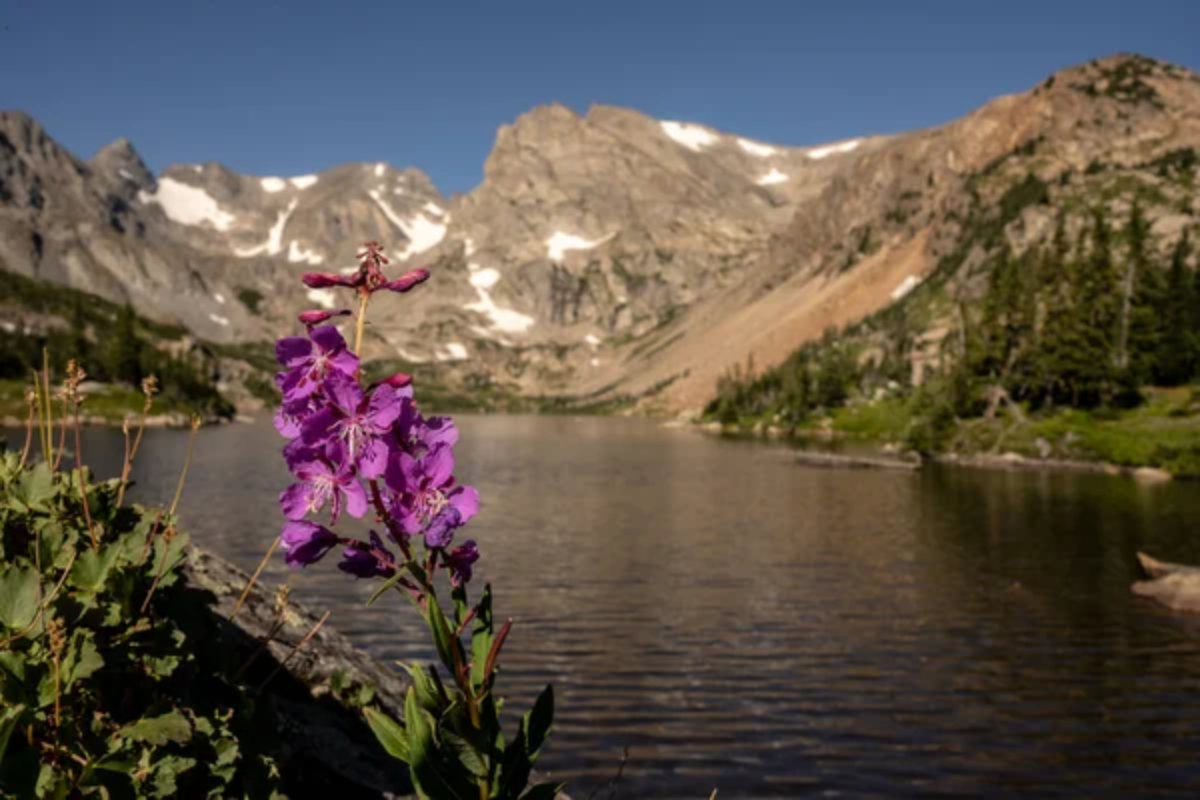
Located in the Indian Peaks Wilderness at 10,868 feet elevation, Lake Isabelle offers spectacular high-altitude paddling beneath some of Colorado’s most dramatic peaks. The lake’s position in a glacial cirque creates excellent wind protection, while the surrounding alpine environment provides constantly changing light and color throughout the day.
Access requires a moderate hike from Brainard Lake, making it feel more remote despite relatively easy access.
Like Travel Pug’s content? Follow us on MSN.
Lily Lake, Colorado

This easily accessible lake near Estes Park is 8,927 feet and provides excellent paddling with stunning views of Longs Peak and the Continental Divide. Lily Lake’s shallow depth makes it one of the warmest alpine paddling destinations in Colorado, while the surrounding wetlands attract diverse wildlife, including moose, elk, and numerous bird species.
The lake’s proximity to Rocky Mountain National Park makes it a perfect introduction to alpine paddleboarding.
Sprague Lake, Colorado

Another Rocky Mountain National Park gem, Sprague Lake offers accessible alpine paddling at 8,710 feet elevation with iconic views of the Continental Divide. The lake’s artificial origin doesn’t diminish its natural beauty, as it’s been part of the landscape for over a century and now feels completely integrated into the alpine environment.
Easy road access and calm conditions make it perfect for families and photography enthusiasts.
Sylvan Lake, South Dakota
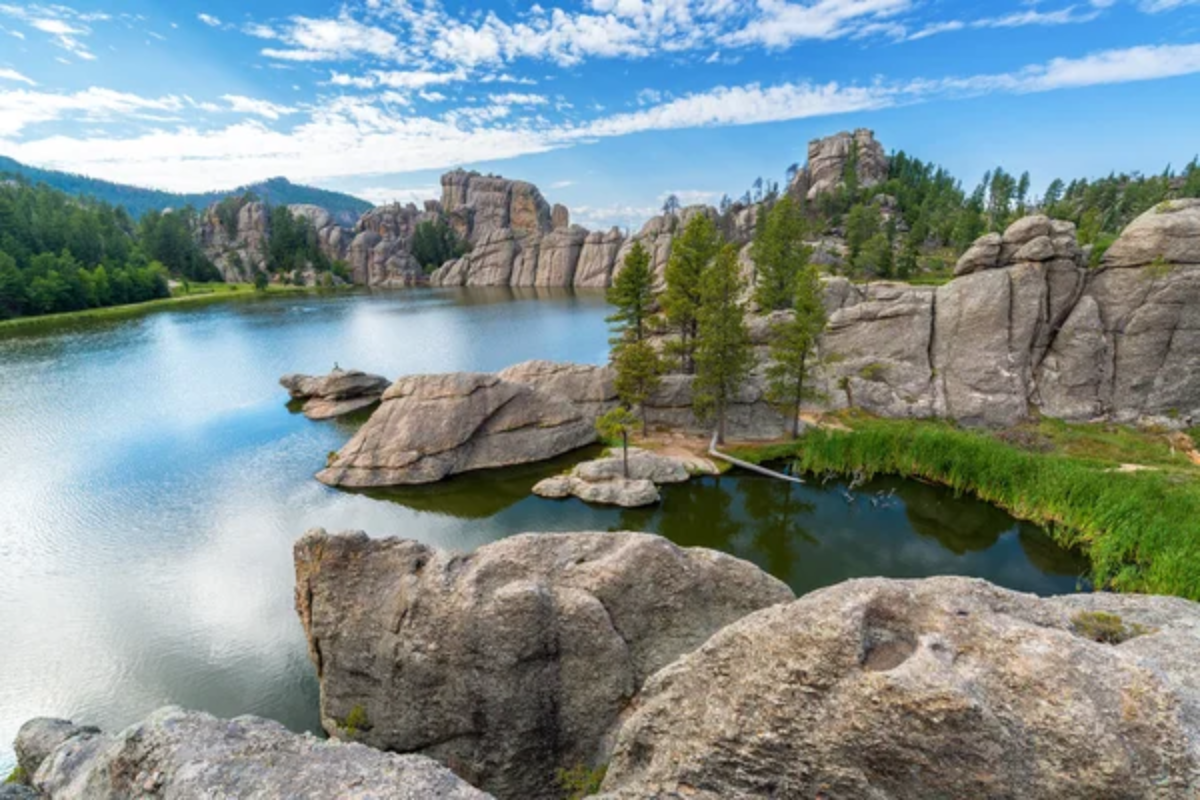
Located in Custer State Park within the Black Hills, Sylvan Lake offers unique granite-surrounded paddling at 6,300 feet. The lake’s dramatic granite formations create a landscape that feels more like the Sierra Nevada than the Great Plains, with narrow channels and hidden coves to explore.
Despite its relatively modest elevation, Sylvan Lake provides an authentic alpine experience in an unexpected location.
Like Travel Pug’s content? Follow us on MSN.
Where Mountains Meet Memory
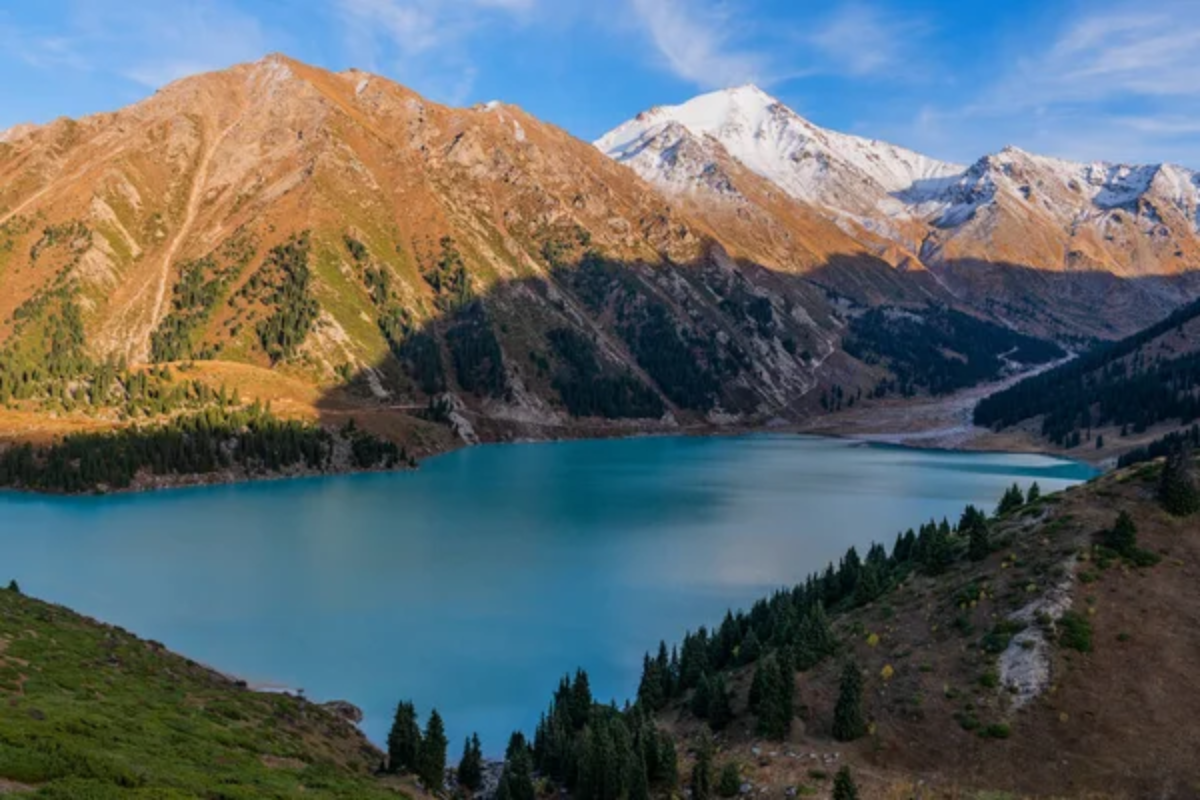
These alpine lakes represent more than just paddleboarding destinations—they’re living remnants of ancient glacial activity that carved these mountain basins thousands of years ago. Today, climate change and increased recreational pressure make these pristine environments more precious than ever, requiring careful stewardship to preserve their beauty for future generations.
Each paddle stroke on these high-country waters connects us to both the geological forces that shaped these landscapes and our responsibility to protect them. The next time you glide across an alpine lake’s mirror-like surface, you’re participating in a tradition that links modern recreation with timeless mountain wilderness.
More from Travel Pug

- Cities Growing so Fast You Won’t Recognize Them in 10 Years
- 13 Destinations Where Tourists Regularly Regret Their Trip
- 16 U.S. Cities That Are Quietly Becoming Travel Hotspots
- Where to Travel If You Love Long Bus Rides and Daydreams
- 20 Cities Perfect for Solo Travelers Who Crave Adventure & Culture
Like Travel Pug’s content? Follow us on MSN.
